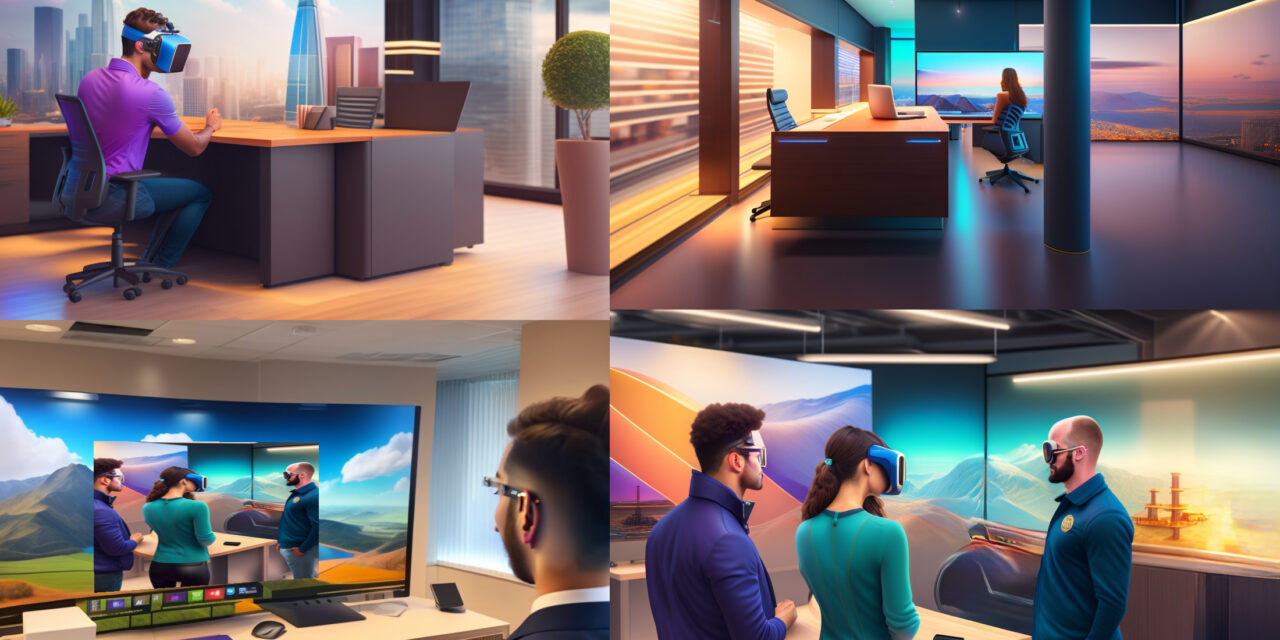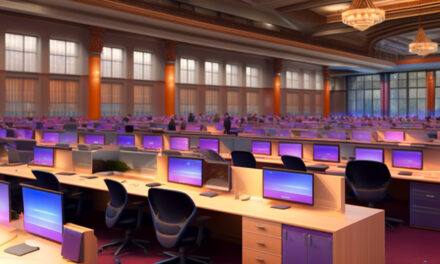Nvidia’s new processors have Deep Learning Super Sampling (DLSS) embedded as part of the core architecture. In marketing information from Nvidia, the architecture is considered the performance multiplier for optical frame generation powered by AI. Fundamentally, the DLSS capability can “fill in the blanks” in content to create more realistic and more detailed renderings of images in real-time. It would be a capability that might normally have to wait for the next generation of faster processors, but by using AI in a predictive manner, the capability can be delivered before the raw processing power becomes available strictly based on processor speed without AI.
A significant amount of the current hype is the ability to bring more realism to video gaming, but of course, as with many AI-enabled capabilities today, future applications will only be limited by imagination.
Think about massively multiplayer online games, DLSS capabilities, advancements in VR and AR, and it is not difficult to imagine that incredible breakthroughs in collaboration models can occur through the use of these technologies. When our surroundings and interactions can be hyper-realistically portrayed and experienced, and taken beyond the scripted environment of a video game, all of our personal and professional interactions can be reimagined and redefined to improve productivity and impact. These of course are not new ideas, but the technological capabilities are moving closer due to AI and DLSS.
I am reminded of the book and subsequent movie adaptation of “Ready Player One”. Everyone participated in an enormous and immersive simulation in order to potentially win something of value, but, in this case, to also escape a dismal reality. Initially the technology was focused on individuals trying to do everything on their own to win, but eventually collaboration is brought to bear to try and overcome the obstacles laid out in the story.
In the spirit of continuing to challenge the why not of how we work, interact, collaborate and create, we should focus on what is required and design to satisfy the need. In the need to accelerate ideas, creativity and collaboration, technology continues to be an enabler that can, should and will make us all work differently tomorrow than we do today. Why should location and geography be the obstacle that keeps the more relevant and talented individuals from being on one unified and technology accelerated team?




